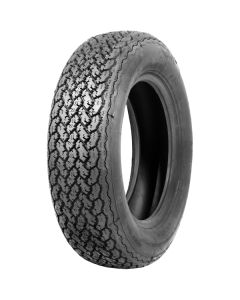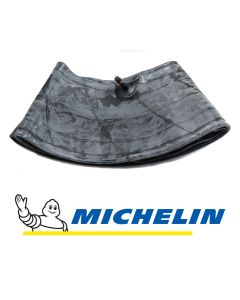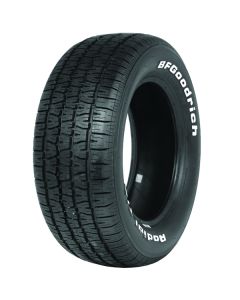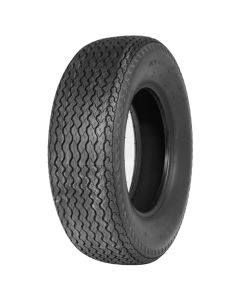Bristol Brigand Tyres
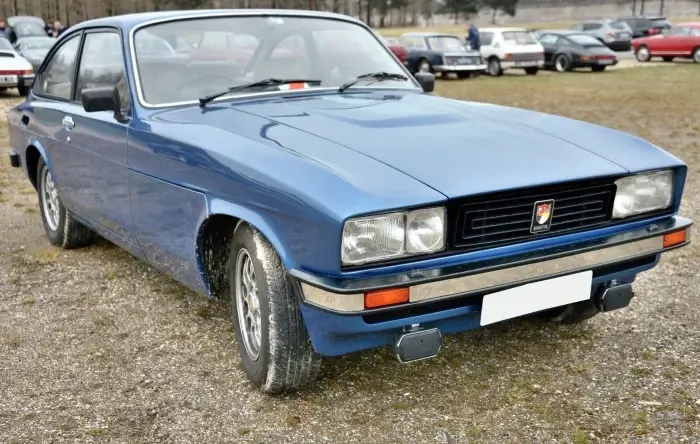
1984 Bristol Brigand Type 603 S3
Bristol Brigand 1982–1994
- Longstone Classic Tyres suggest that with the Bristol Brigand 225/70 WR 15 Michelin XWX would be most suitable to fit.
- Another fantastic option for this car is the 225/70 WR 15 Pirelli Stelvio.
- The Michelin 15/17H innertube is our choice of tube for these tyres.
History of the Bristol Brigand
To deal with the increased performance, the Bristol Brigand had a Rotomaster turbocharger fitted to the Chrysler V8 engine and a torque converter formerly used on the 440 V8. The Brigand was capable of 150 mph. The Brigand could be differentiated from the Britannia by the bulge in the bonnet required to fit the turbocharger, and it also came as standard with alloy wheels. During its 12-year manufacturing run, both models' appearances saw a number of modest modifications.
History of Bristol Cars
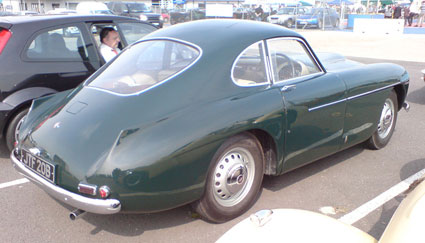
Bristol is now celebrating over half a century of production under private ownership, but the company's roots go further back than 50 years. Originally manufacturing trams in the 19th century before going on to become the Bristol Aeroplane Company established in 1910 to serve the British aviation market. Bristol served well during the two world wars. In the second, Bristol produced over 14,000 aircraft including the Blenheim Fighter Bomber.
After the war in 1945 under the leadership of Sir George White the company decided to use up surplus engineering and production capacity by small scale manufacturing of high-performance sports cars. The first of the Bristol cars was the 400. The 400 along with other fledgling cars got some of their styling from pre-war BMWs. These cars were built in 1946 and quickly gained an enviable reputation. The cars ran on pre-war 2-litre engines that were heavily developed and eventually built by the engine division of the aeroplane company. To this day Bristol cars are hand-built to an extremely high standard that is hard to beat.
The 401 and 402 drophead shortly followed. Entering the 50's Bristol brought with it the 403 and 404, the former being a more powerful variant of the 401 whilst the latter was a short wheelbase, fixed head coupe. The Bristol 404 was the first British designed car to fit the radical Michelin X radial tyre in early.
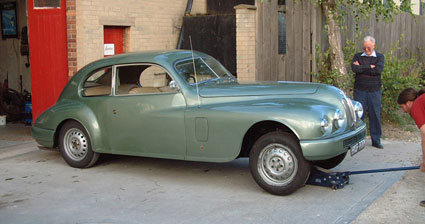
1954, once more marking the company out as a setter of trends. Also in 1954 a 405 that was based on the 404 was produced only with 4 doors and a longer wheelbase. The shape that took them through to the late 1970s (in various guises) was the 406. Bristol kept the same shape but subtle styling changes and face-lifts helped keep the shape modern. At one point the company dropped an adaptation of Chryslers V8 power plant into the car. All of these modifications amalgamated into the 411 that was produced in 1969 and stayed in production through to 1975.
By 1960 due to political pressure the aviation division of the company was forced to merge with other aviation companies to form the British aircraft corporation. It was in the same year that to ensure its identity and autonomy Bristol Cars Ltd was acquired by former racing driver Tony Crook and the grandson of founder Sir George White, only 3 years later Tony Crook became sole owner and director of the company.
By the end of the '70s Bristol had new styling to reflect the period and this car was the 603 saloon, and in the 1980's a turbocharged Beaufighter (a name that came from the aviation days of the company in WWII). By the mid '80s Bristol dropped the numbers in favour of names of the past, for example, Britannia, Brigand and the Blenheim.
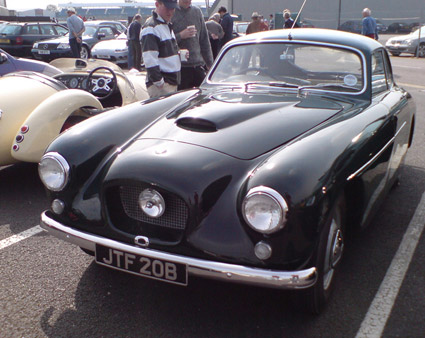
Although production numbers are less than 9,000 Bristol have competed with their cars under public scrutiny at places such as Le Mans in 1953/54/and 55 to mention just one. The company is still based in Filton and a model of any vintage can still be taken to the company for complete restoration and can supply their customers with any parts required right back to the company's earliest cars.


